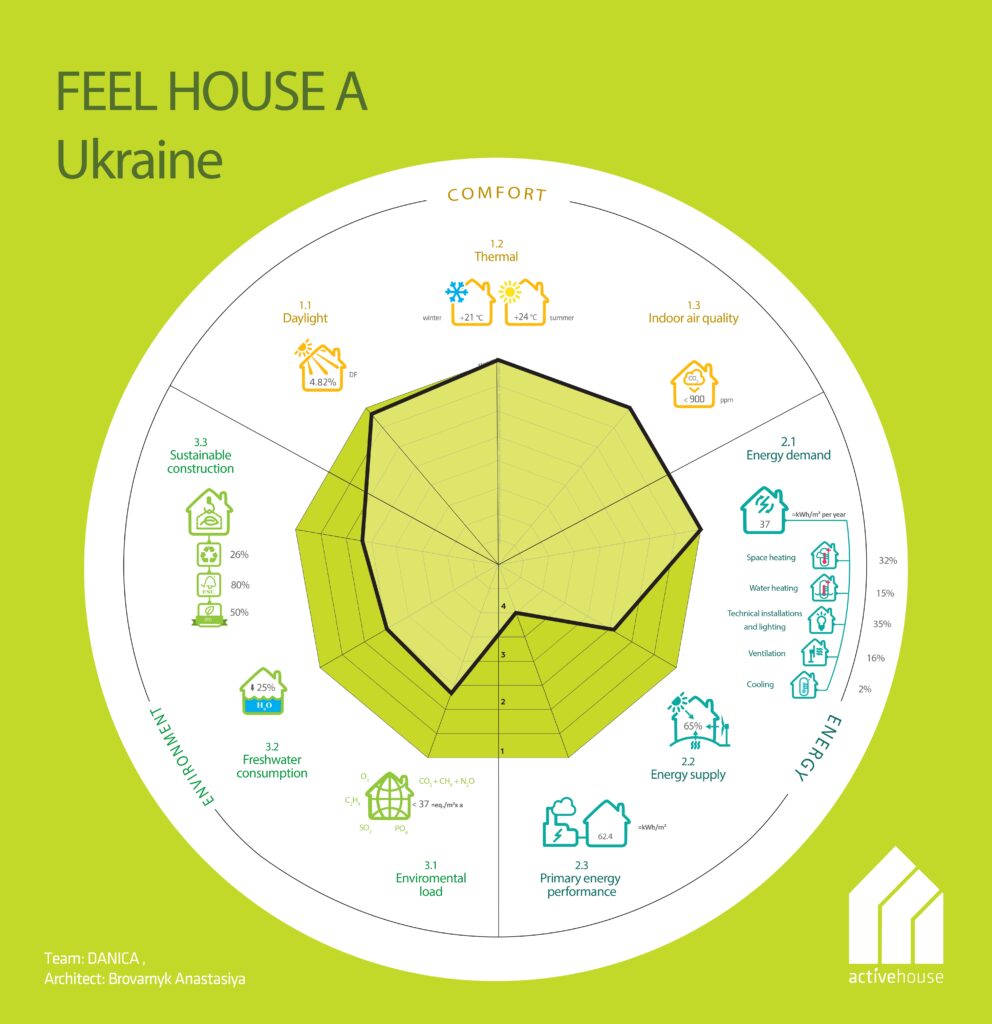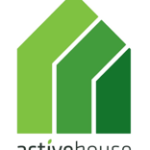034 Feel House A
Location: Ivankovichi, Kyiv region, Ukraine
Owner/investor: Company Danica
Architects: Brovarnyk A.L.
Project type: House
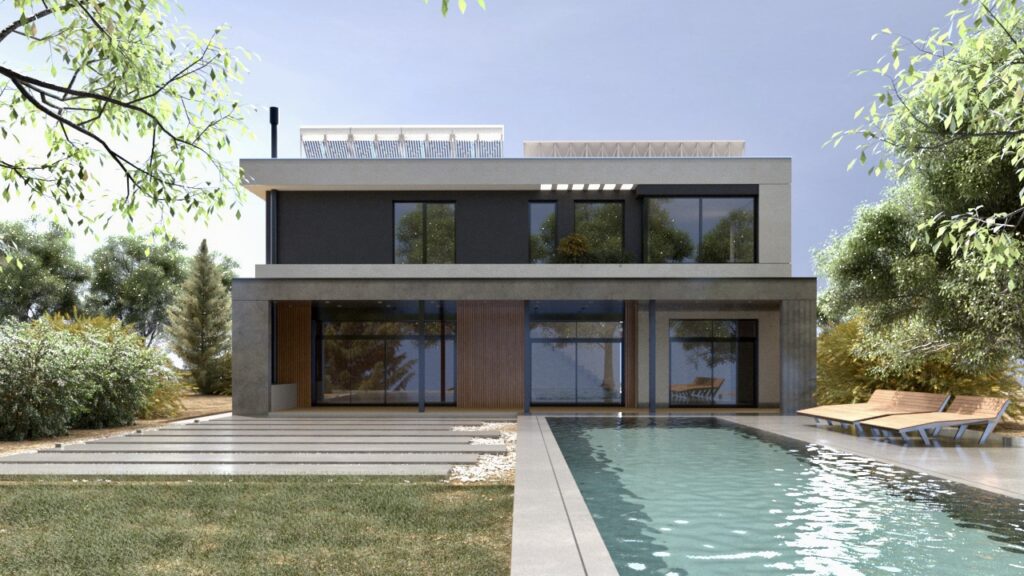
The house has a fairly high performance of Daylight Factor – 4.82%. We reached it by using large windows in the living room, kitchen and all bedrooms. Because of the relief of the site and the location, one of the facades is turned to the north. But in order to insolate all the rooms well, we,( were it is possible), turned windows to different orientations. In addition, all bathrooms on the second floor are very well insolated, which increases the level of comfort. The dark hall on the second floor was illuminated by a window in the wall and a window in the roof. In order to avoid overheating, sunshades and sun cutters were installed in the south. The only one western window on the first floor will be protected from overheating by plants. To reduce the level of CO2, horizontal and vertical windows were made to open for ventilation to create natural ventilation in addition to the fact that mechanical ventilation is planned in the house. The window on the roof also opens, which allows t e movement of air from the bottom to the top to keep the CO2 level.
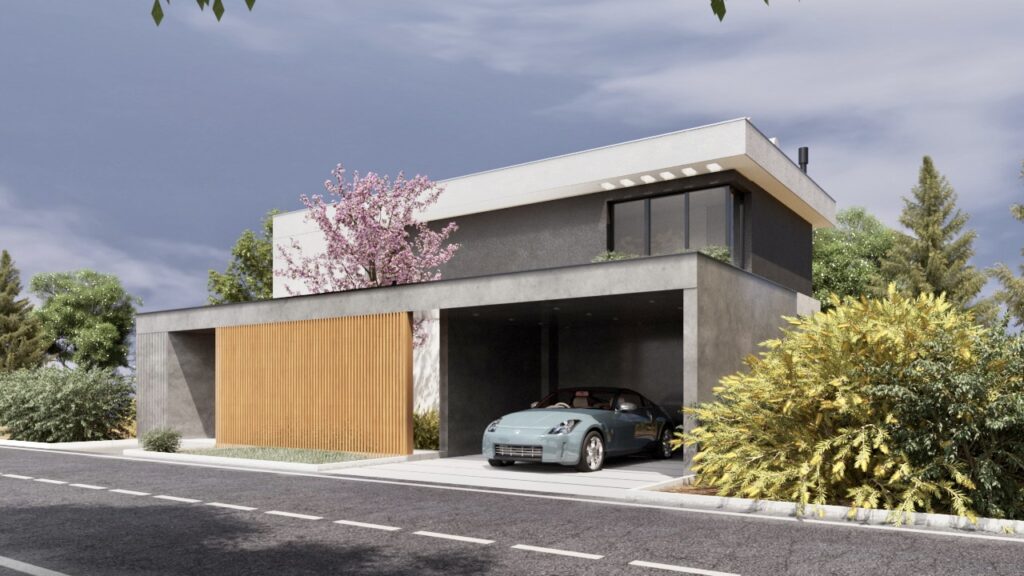
The building is designed and constructed in such a way as to minimize heat loss. The building shell is completely sealed, the best heat-insulating materials are used, cold bridges are excluded along all the entire perimeter. All the windows are insulated too. PV are installed all over the roof, generate renewable energy. This offsets electricity consumption by 65%. Solar collectors heat the water, which also minimizes the cost of additional heating Thereby the need for energy has reached a level of 19 kWh/m2 and with the supplementary use of energy for hot water, ventilation light etc, the overall energy use is below 37 kWh/m2. The south and west façades are equipped sun shades to prevent overheating in summer. In winter, the design contributes to passive heating. Natural ventilation plays an important role. A skylight is installed on the roof of the house, which promotes the circulation of fresh air from the bottom up, as well as natural cooling.
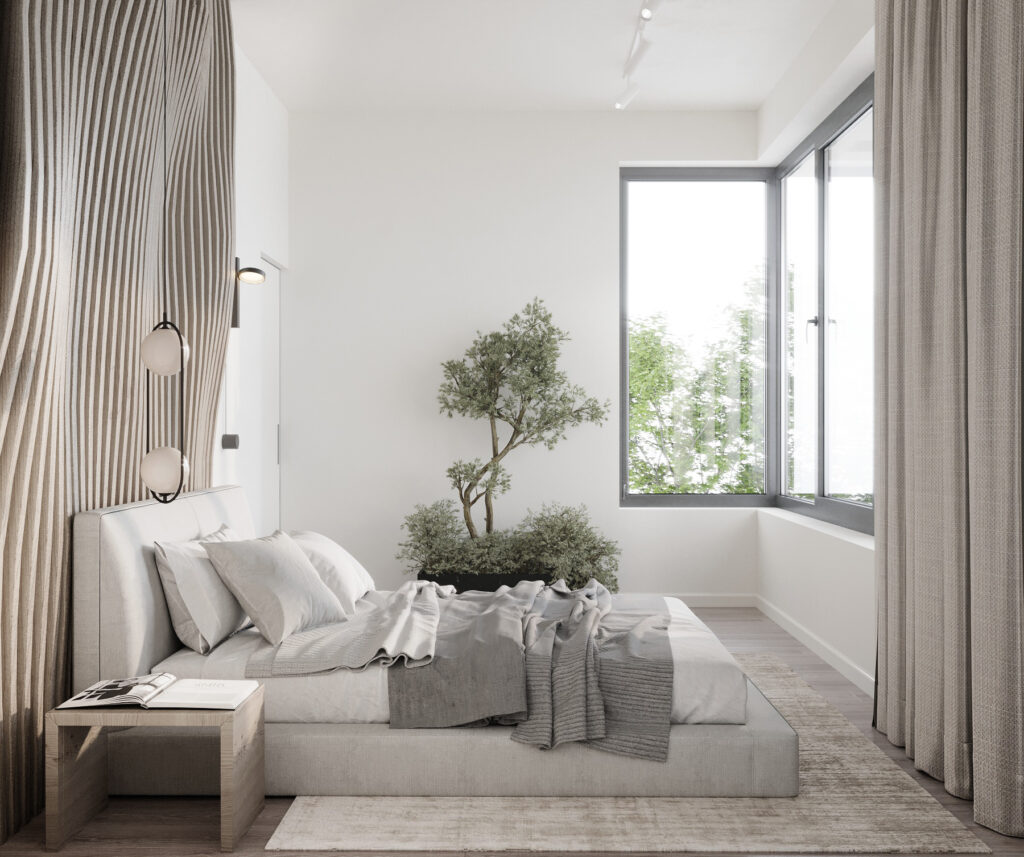
The main wall insulation – neopor – is eco-friendly material (received a green certificate). Neopor does not support combustion, does not emit CO2. Also, this material can be processed in the future. Concrete can also be reused in 100 years as an admixture in cement mortar for the construction of a new building. The wood used as the main material of roof and canopy , is certified and comes from forests that are FSC certified. It is also expected to collect rainwater and use it to water the garden.
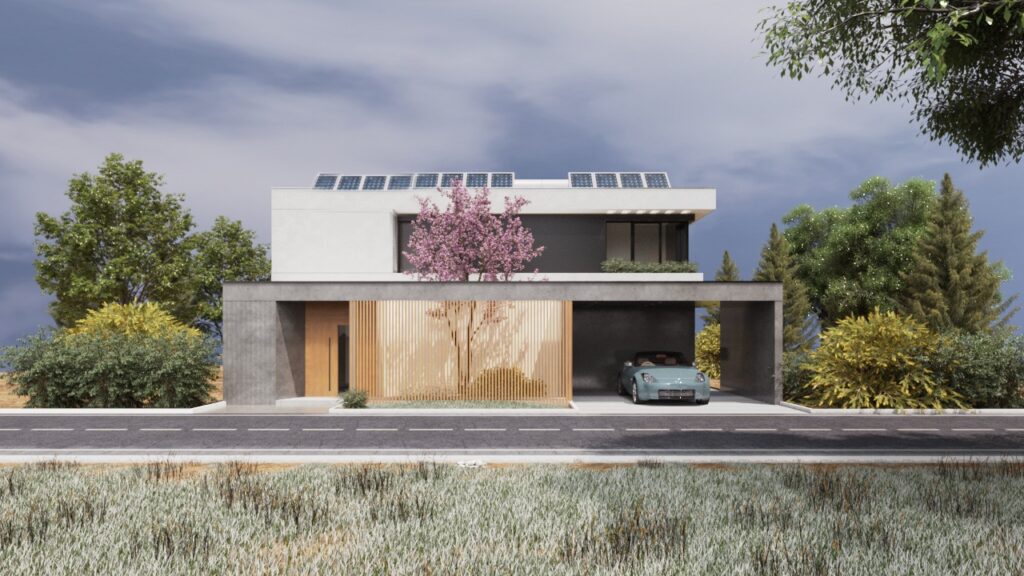
RADAR
